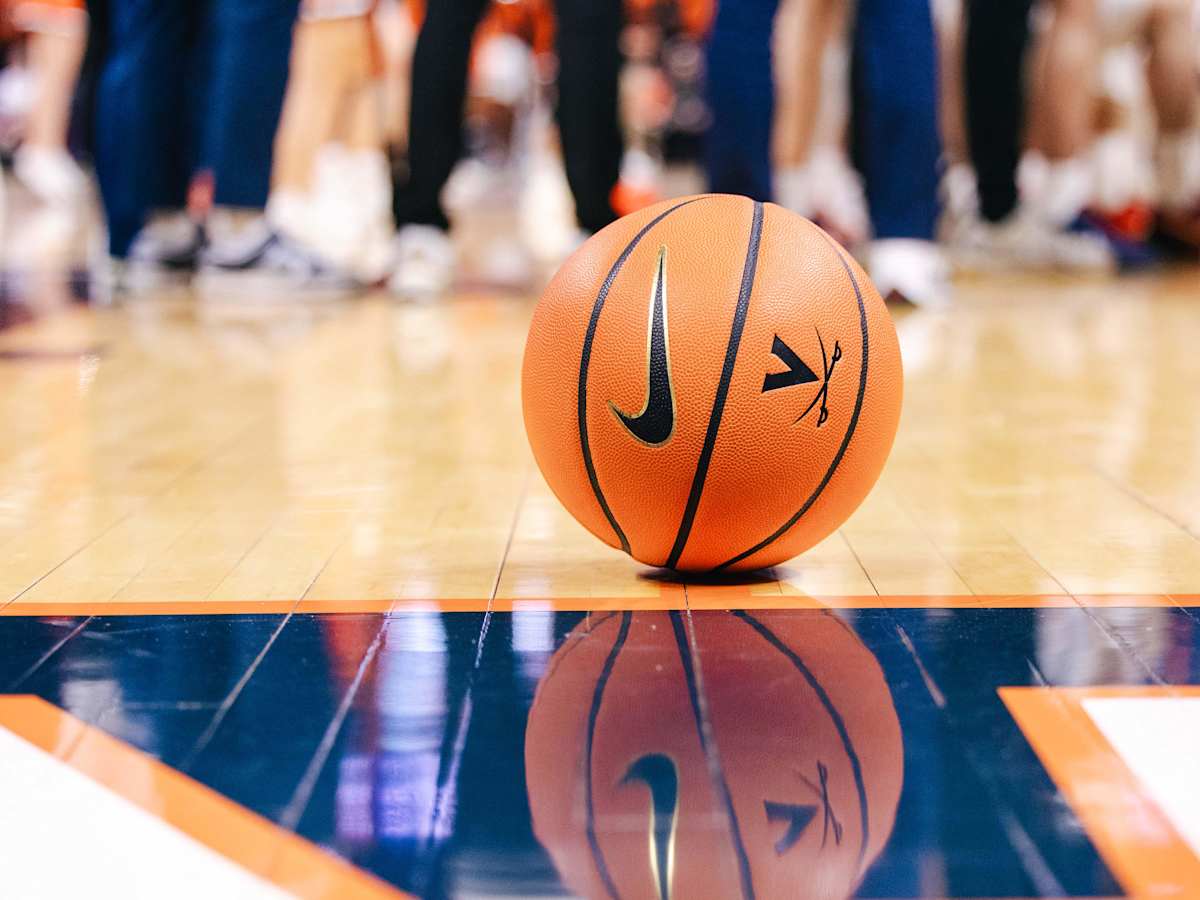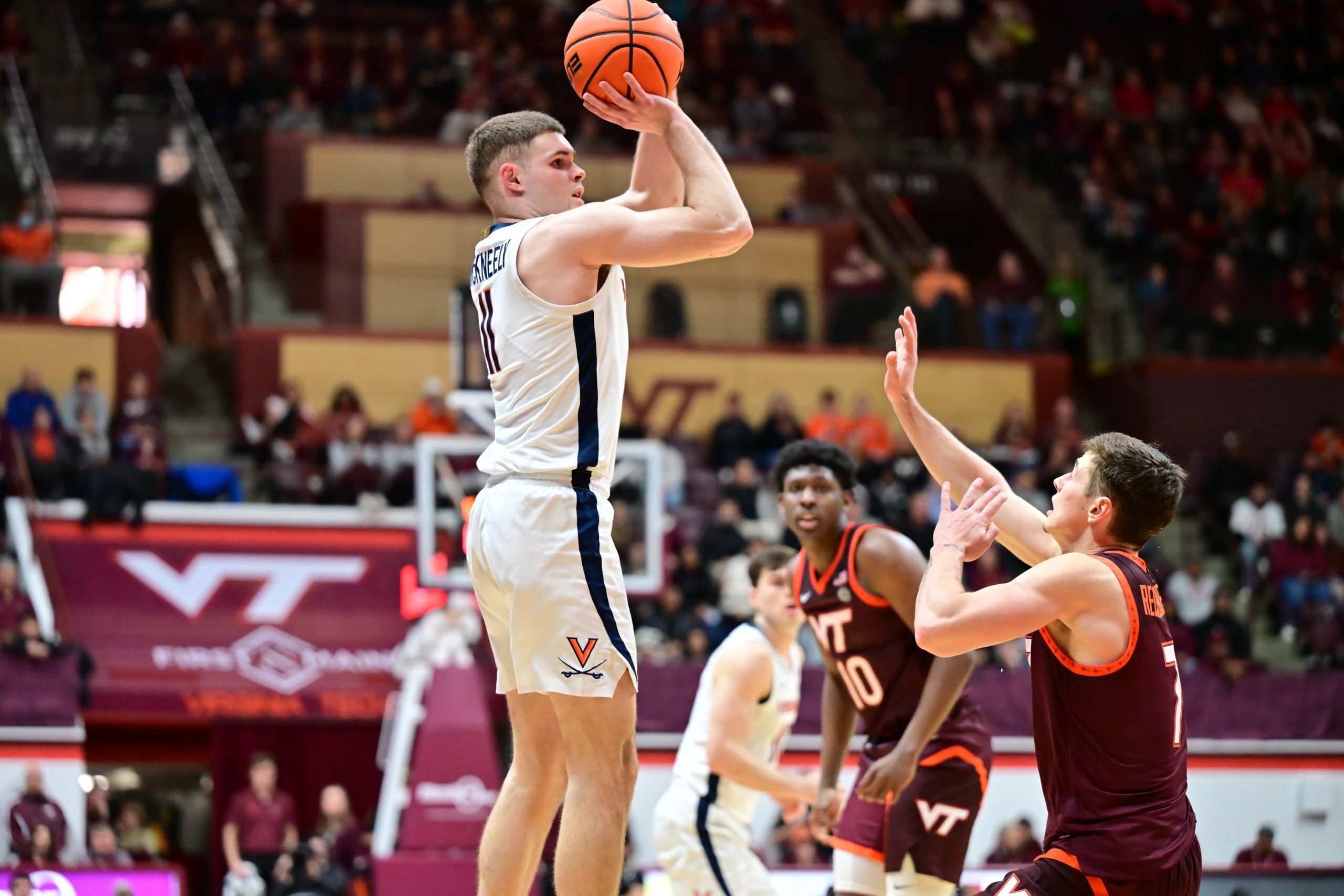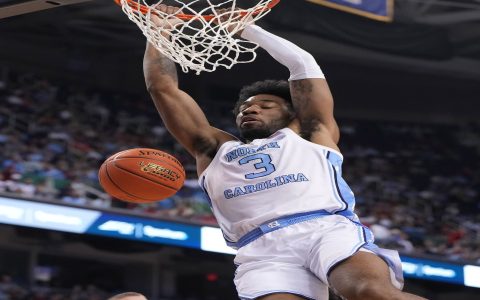Navigating the Landscape: Virginia Basketball and the Transfer Portal
The NCAA transfer portal has fundamentally reshaped college basketball, and the University of Virginia's men's basketball program, under Coach Tony Bennett, is no exception. Navigating this dynamic environment has become a critical aspect of roster construction and program strategy.
Impact on Roster and Strategy
For Virginia, transfers represent both opportunities and challenges. Incoming transfers can provide immediate experience, fill specific skill gaps, or add depth to the roster, potentially accelerating a team's competitiveness. Conversely, outgoing transfers can lead to loss of talent, experience, and continuity, requiring coaching staffs to adapt quickly.
- Filling Needs: The portal allows UVA to target players with specific attributes, such as shooting, rebounding, or veteran leadership, that may be lacking in a particular recruiting class or due to unexpected departures.
- Maintaining Culture: A key consideration for Virginia is ensuring that incoming transfers align with the program's established culture, often described by "The Five Pillars" (Humility, Passion, Unity, Servanthood, and Thankfulness). This fit is often prioritized alongside on-court talent.
- Roster Fluctuation: Increased player movement means more year-to-year roster turnover than in previous eras, demanding greater flexibility in coaching and system adjustments.
Virginia's Approach to the Portal
Coach Tony Bennett and his staff have traditionally been selective in their use of the transfer portal, prioritizing fit and long-term development. However, the evolving landscape has necessitated a more active, albeit still measured, approach.

Key considerations often include:
- Positional Needs: Targeting transfers who can fill immediate voids in the lineup.
- Experience Level: Often seeking graduate transfers or players with multiple years of eligibility remaining who can contribute significantly.
- Defensive Acumen: Given Virginia's renowned Pack Line defense, a player's ability and willingness to excel on the defensive end is a crucial evaluation point.
- Character and Academics: Ensuring transfers meet the academic standards and character expectations of the University and the program.
Recent Trends and Notable Movements
In recent seasons, Virginia has seen activity on both sides of the transfer equation. While specific names change year to year, the trend indicates an increased reliance on the portal to supplement high school recruiting.
Incoming players are often scrutinized for their potential to adapt to Virginia's deliberate offensive style and demanding defensive system. Outgoing players may seek different roles, playing styles, or increased playing time elsewhere. The coaching staff's ability to manage these transitions smoothly is vital for sustained success.
For example, the program might bring in a graduate transfer guard for immediate backcourt help or a developing forward with multiple years of eligibility. Simultaneously, players who see limited pathways to significant minutes at UVA might explore opportunities at other institutions.
Future Outlook
The transfer portal will continue to be a significant factor in shaping Virginia basketball. The program's success will partly depend on its ability to:

- Effectively identify and recruit transfers who align with their system and culture.
- Integrate new players seamlessly into the team.
- Manage roster spots and scholarships strategically amidst increased player mobility.
While high school recruiting remains foundational, astute navigation of the transfer market is now an indispensable component of maintaining competitiveness at the highest level of college basketball for programs like Virginia.








